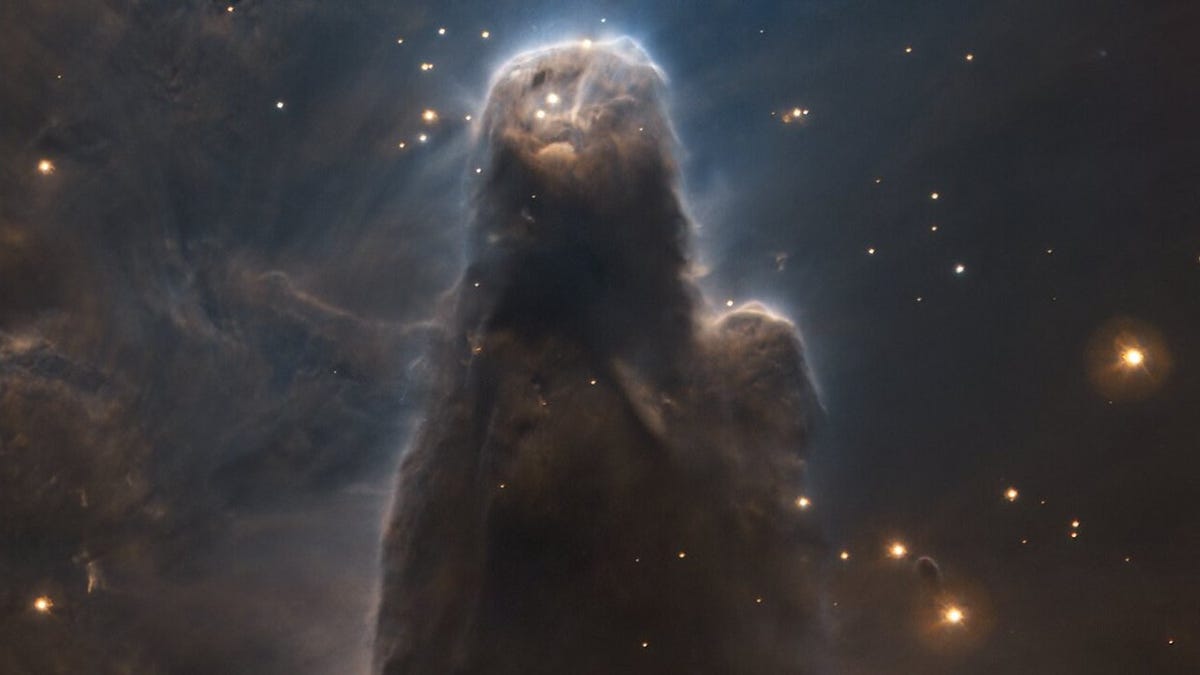Haunting Nebula Looks Like It Wants to Consume Your Soul
The eerie image represents a spectacular way to celebrate the European Southern Observatory's 60th anniversary.
Dang, European Southern Observatory, you sure know how to celebrate an anniversary in style. Congratulations on 60 years and on the image you chose to mark the occasion: a gloriously spooky new view of the Cone Nebula.
ESO is a research organization with 16 member states, ranging from Austria to the UK. It focuses on ground-based astronomy using telescopes like the Very Large Telescope in Chile. ESO was founded in 1962. ESO staff selected the Cone Nebula image to mark the 60th anniversary.
Here's the full view of the Cone Nebula as seen by ESO's Very Large Telescope.
The Cone Nebula, a scenic formation of gas and dust, is part of a star-forming region called NGC 2264. It has an eerie appearance in the VLT image, like a dark and foreboding figure wearing a cloak, standing tall and staring into our souls like a Dementor. But that's just me anthropomorphizing a haunting image.
ESO said "this view is more dramatic than any obtained before, as it showcases the nebula's dark and impenetrable cloudy appearance in a way that makes it resemble a mythological creature."
The firefly-like stars show how this area is acting as a stellar nursery. Hydrogen gas appears in blue and sulfur gas is more reddish.
The nebula's pillar stretches across seven light-years. It's located in the constellation Monoceros (the unicorn) at a distance of 2,500 light-years from Earth. That's far in terms of human scale, but close-ish in astronomical terms.
The VLT view is reminiscent of the some of finest nebula images we've ever seen, from Hubble's classic Pillars of Creation to JWST's recent look at the Tarantula Nebula. It's the sort of space image that sticks with you, like a shadow at the edge of your mind.
Here's to the next 60 years, ESO.


